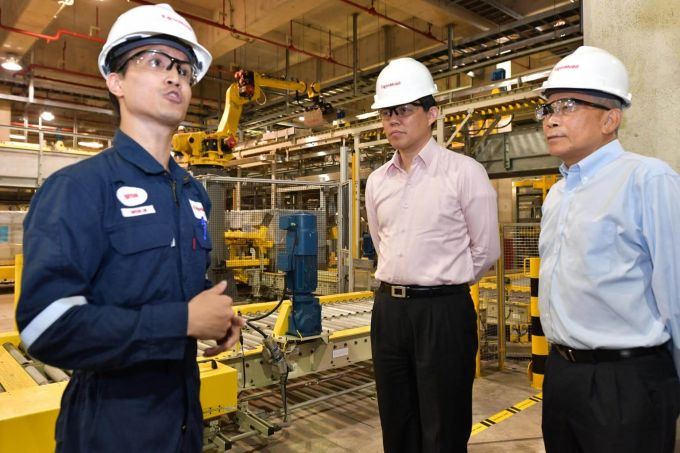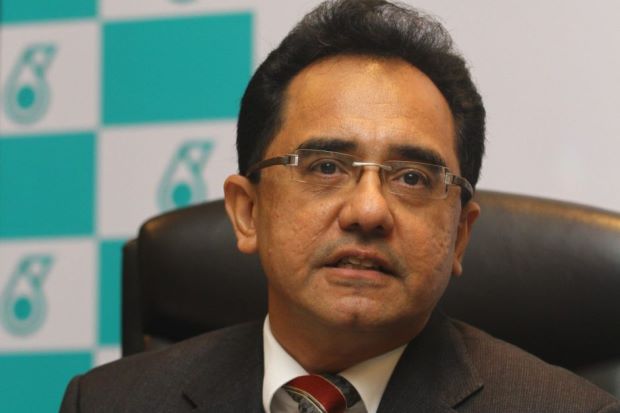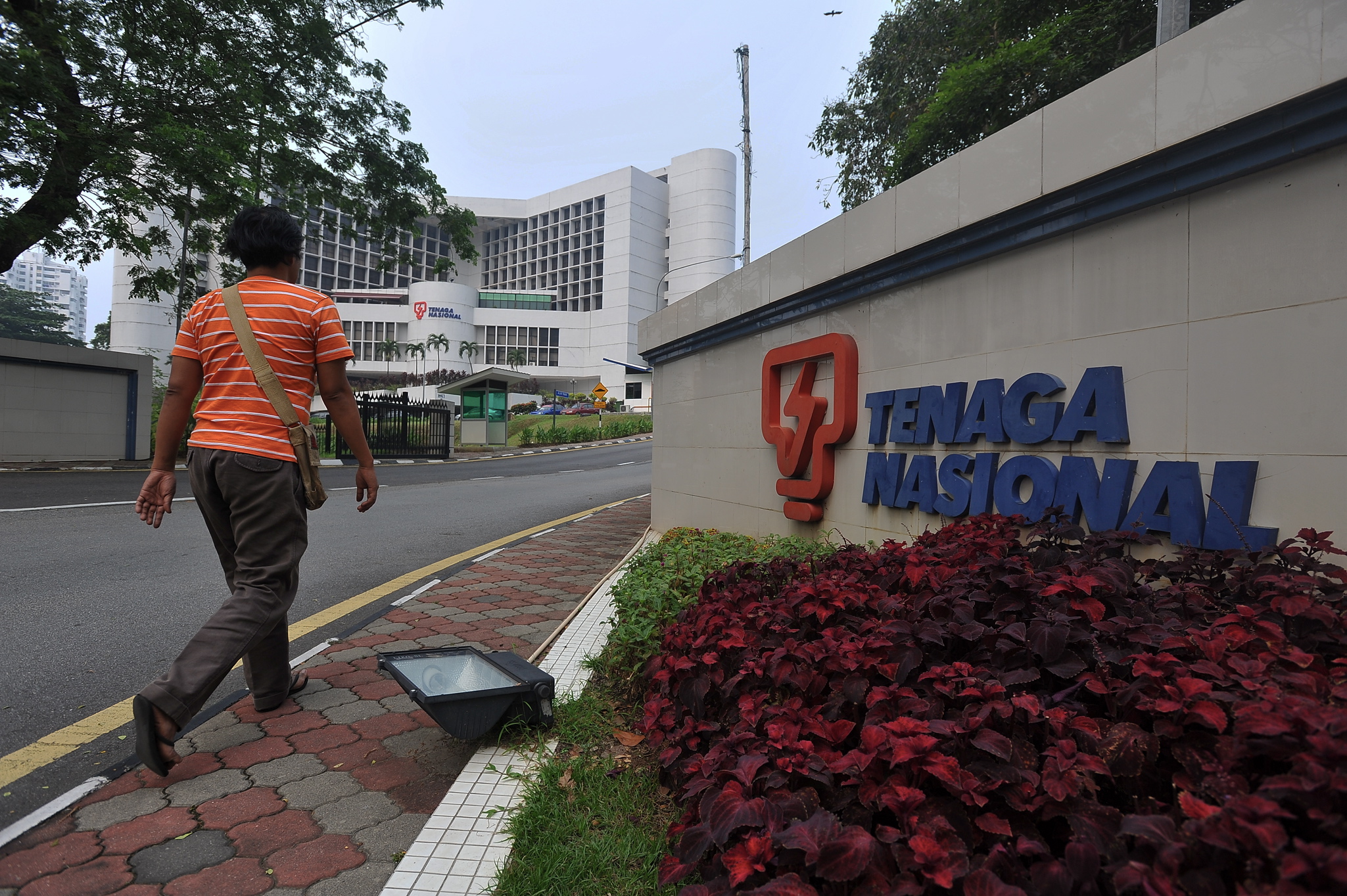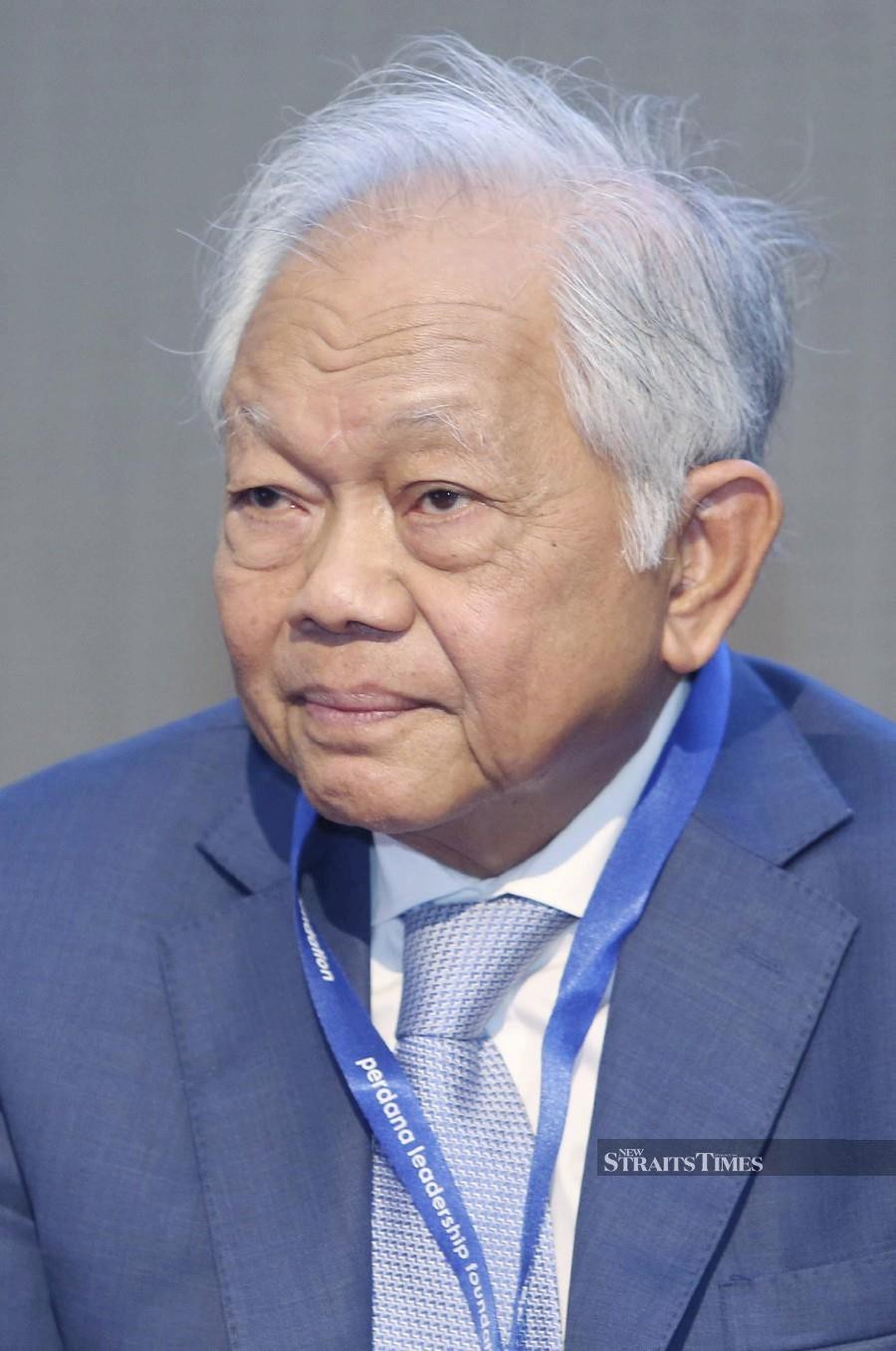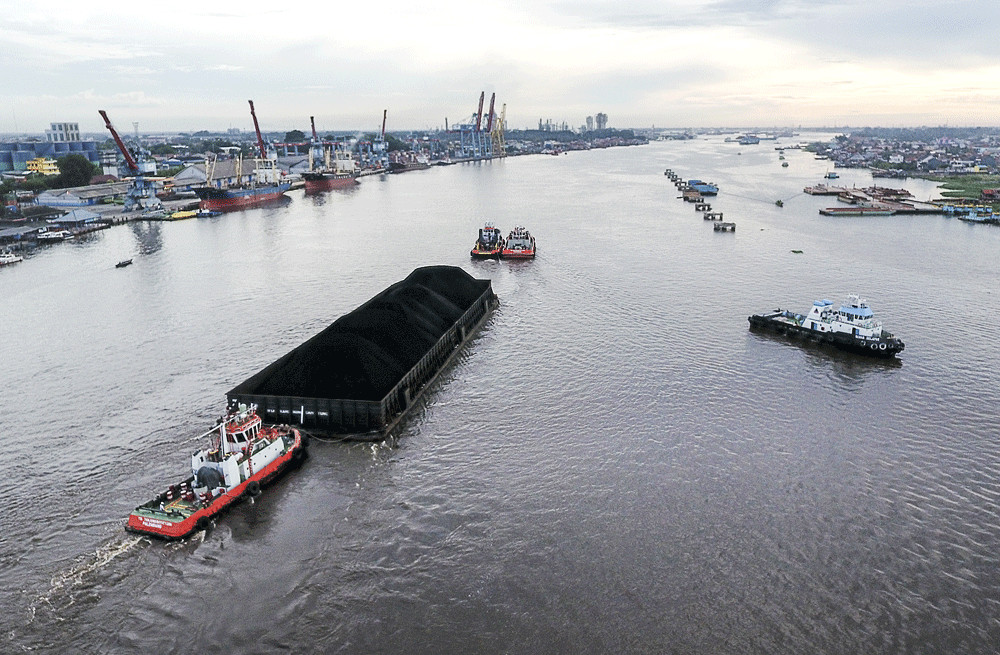- Others
–
- Singapore
SINGAPORE faces the challenge of building a low-carbon world in the coming decades, Minister for Trade and Industry Chan Chun Sing said at an energy and chemicals industry event on Friday morning.
He said the Republic is committed to working with energy and chemicals industry partners on competitiveness and sustainability, such as by fostering the development of next-generation products.
“Singapore will continue to make sure that we stay business-friendly,” he said, pointing to how the world has become “much more competitive for the next investment dollar”.
The minister opened his remarks with a quip about how “whatever happens here may not even make it to the media… because today, many of us take for granted to be able to have such a significant investment”.
Mr Chan cited strategies such as competing on quality and innovation rather than price, and raising productivity with advanced manufacturing. Connectivity, supply chain security and an intellectual property regime were other factors that he brought up.
“We need to have the determination to see this through because these are not projects that will be delivered in one year or two,” he said. “In a world of uncertainty where investors are looking for long-term stability, we need to distinguish ourselves by providing investors with that long-term stability beyond one or two terms of government.”
Despite Singapore’s relatively lower threshold for carbon emissions under international agreements based on its size, “we work within the constraints that we have”, Mr Chan added.
“In fact, if any country is most conscious of this carbon constraint, beyond the land and human resource constraint, it is Singapore,” he said.
Referring to the 2016 Paris Agreement to cap global temperature increases by two degrees Celsius, he added: “Singapore did not have the benefit of a large land mass or humans for us to get a big quota in terms of carbon emissions under the Paris treaty.
“But that is water under the bridge.”
The minister was at the official opening of global petrochemical giant ExxonMobil’s butyl and resins plants at its integrated refining and petrochemical complex on Jurong Island.
The two new facilities, which were completed in 2017, add a resin production capacity of 90,000 tonnes a year and a butyl capacity of 140,000 tonnes a year.
The resin plant, which makes glue used in packaging and diapers, was fired up in December 2017, while the butyl plant, which will make halobutyl rubber for tyres, began production in May 2018 and is expected to start commercial operations in the second half of 2019.
The two plants together add 140 jobs – including engineers, technicians and other supervisory management roles – to ExxonMobil’s headcount in its Singapore manufacturing complex, which is its biggest production plant worldwide. The expansion brings the company’s workforce to more than 4,000 in the Republic in all, with around 1,300 members of that staff in chemicals manufacturing.
Mr Chan, who previously led the National Trades Union Congress, drew a line in his speech between protecting jobs and protecting workers.
“In many countries, businesses make money but workers get left behind. And because workers get left behind, the society fragments and the broad middle starts to ask themselves, why should I continue to support this free trade movement, why should I continue to even adopt technologies?” he warned.
“In fact, we have a recent conference in Singapore, where a major extra-regional country decided to boycott the conference because we promoted the use of technology – because they were protecting jobs. We are protecting workers.”
He did not elaborate on the event or the country in question.
But, touting Singapore’s “strong, stable tripartite labour relationship”, Mr Chan said that companies must continue to emphasise skills training.
“In the past, the unions were about uplifting the rank-and-file workers, as we call them – the lower-wage workers,” he observed. “But today, the labour movement has to work in concert with ExxonMobil management not just to take care of the rank-and-file workers, but also what we call the white-collar workers, the engineers.
“In fact, in today’s world, the ones who are most likely to be disrupted are not necessarily the lower-wage workers. The ones that are most likely to be disrupted, paradoxically, may be the middle-rank workers, the white-collar workers.”
Karen McKee, the newly appointed president of ExxonMobil Chemical Company, said in a statement: “Expansion projects like this enable us to better serve the Asia-Pacific region, the key growth market globally for these speciality chemicals.
“These two new speciality chemical plants will strengthen ExxonMobil’s competitive manufacturing base to help meet market demand for these high-performance products.”
Ms McKee, who was the division’s senior vice-president for basic chemicals, integration and growth until Monday, added: “Our regional growth plans include increasing the number of these types of facilities and providing new opportunities for Singapore employees, further demonstrating our continued commitment to Singapore.”
ExxonMobil had confirmed on Tuesday that it would also expand the Singapore integrated manufacturing complex to convert crude products into higher-value ones, in a project that it said “will significantly increase site downstream and chemical earnings potential”.
Construction of the new project – which will add 20,000 barrels a day to certain base stocks capacity, and increase lower-sulphur fuel capacity by 48,000 barrels a day – is scheduled to begin in the second half of 2019, with operations expected to start in 2023.
Gan Seow Kee, chairman and managing director of ExxonMobil Asia Pacific, said at the opening ceremony: “These plants enhance the competitiveness of our Singapore integrated complex, and they are a testament to ExxonMobil’s commitment to build on our strong manufacturing base in Singapore, for the future growth of the business in the region…
“We continue to be committed to skills upgrading, talent development, and providing opportunities for all our employees to realise their full potential.”
Singapore’s chemicals cluster contributed S$100.4 billion in output in 2018, or about 28 per cent of overall manufacturing output for the year, according to data from the Economic Development Board. The cluster includes petroleum, petrochemicals, and speciality chemicals.
The chemicals cluster also employed about 25,500 people that year, or 6.7 per cent of the manufacturing workforce.


